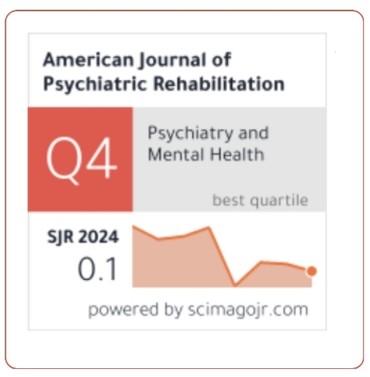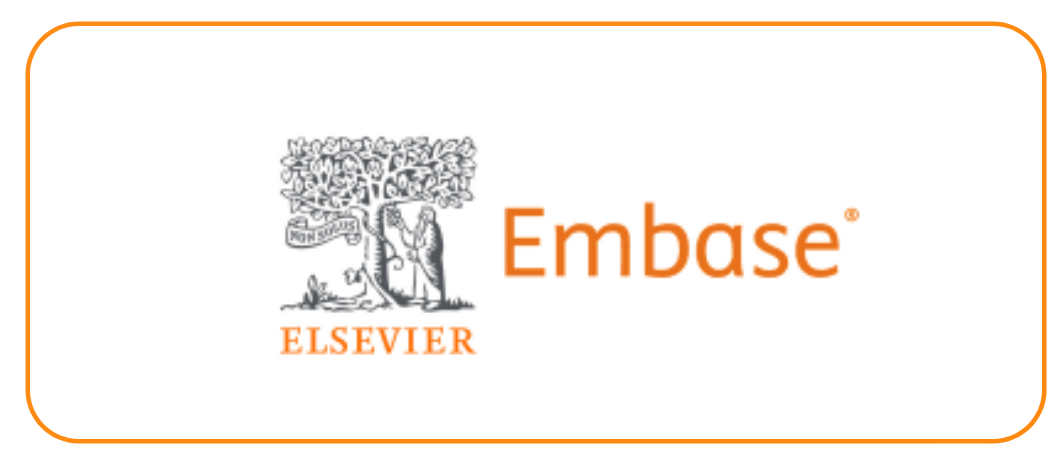A Queer Perspective on The Development Of LGBTQ+ Representations in Bollywood Films
DOI:
https://doi.org/10.69980/ajpr.v28i3.418Keywords:
Cinema, Gender studies, LGBTQ+, Film studies, Queer Theory, Gaze Theory.Abstract
Movies have long been a fundamental component of our society. They have astonished, entertained, encouraged, and exceeded goals and desires on various issues. Cinema is often regarded as a powerful tool for social transformation, subtly altering cultural perceptions and attitudes. Indian film has become renowned for its ability to embrace multiple genres, appealing to a broad audience. The subject constantly experiences paradigm alterations. The film opened with a diverse collection of epic stories, myths, narratives, and reinterpretations of lesser-known tales. The movie afterward concentrated on ideas of the liberation movement and Gandhi’s ideology. Recently, real-life incidents have been portrayed in movies, and actors have taken up the cause of social justice. Moreover, through widespread attention, they introduced profound changes that altered politics and other political narratives. The term alludes to a broad spectrum of sexual identities, including non-cisgender identities, and the movie’s content regularly samples and echoes society. Undoubtedly, films have had an important effect on the LGBT movement in India. Like other contemporary social movements, the Indian queer movement seeks to remake society by promoting an improvement in our understanding of sexuality and refuting the notion that it is mainly a fad. The aim is to challenge the existing norms and redefine the conventional perceptions of an adult’s sexual world.
References
1. Amala K.B et al., Accepting the Legal LGBT Visuals of Culture, 8 International Journal of Innovative Technology and Exploring Technology, (2019)
2. Aniruddha Dutta, Claiming Citizenship, Contesting Civility: The Institutional LGBT Movement and the Regulation of Gender/ Sexual Dissidence in West Bengal, India, 4 Jindal Global Law Review, (2012).
3. Aparup Khatua et al., Tweeting in Support of LGBT? A Deep Learning Approach, CODS-COMAD'19, (January 2019).
4. Bakshi, S. (2004). 'A Comparative Analysis of Hijras and Drag Queens: The Subversive Possibilities and Limits of Parading Effeminacy and Negotiating Masculinity', Journal of Homosexuality,46(3/4): 211-223.
5. Butler, J. R. (2003). Transgender DeKalb: Observations of an advocacy campaign.
6. Journal of Homosexuality, 45(2-4), 277–296. doi: 10.1300/J082v45n02_13.
7. Chatterjee Subhrajit, Problems Faced by LGBT People in the Mainstream Society: Some Recommendations, 1 International Journal of Interdisciplinary and Multidisciplinary Studies (IJIMS), (2014)
8. Cohen A. J. (1999). The functions of musician multimedia: A cognitive approach. In Music, mind, and science, (ed. S. W. Yi.),53-69. Seoul, Korea: Seoul National University Press
9. Dwyer, R. (2006). Bollywood's new dream: Indian cinema has a global future in its sights. Cover story. New Stateman
10. Geetanjali Misra, Decriminalizing homosexuality in India, 17 International journal on sexual and reproductive health and rights, (2009)
11. Halliday, M.A.K. (2004). An Introduction to Functional Grammar. (3rd ed, revised C.M.I.M Matthiessen).
12. Kalra, G. (2012). Hijras: the unique transgender culture of India. International Journal of Culture and Mental Health, 2(5)
13. M. V. Lee Badgett, The Economic Cost of Stigma and the Exclusion of LGBT People: A Case Study of India, Human Rights Watch, the International Gay and Lesbian Human Rights Commission (IGLHRC), and the United States State Department Reports on Human Rights Practices, (2014).
14. Reddy, G. (2006). With Respect to Sex: Negotiating Hijra Identity in South India. The Chicago University Press
15. Saxena. P. (2011). Life of a Eunuch. Shanta Publishing House. 131-135
16. United Nations (2015). The Concept of Third Gender. General Assembly Third Committee. Retrieved from http://tomun.eu/wp-content/uploads/2015/09/The-concept-of-third-gender.doc
17. Zijah Sherwani, Youtuber Carryminati's roast video of TikTok was reported &YouTube took it down for using homophobic slurs, The Quint, (July 20, 2020), https://www.thequint.com/neon/gender/carryminati-tik-tok-vs-youtube-roast-videoremoved-homophobia
Downloads
Published
Issue
Section
License
Copyright (c) 2025 American Journal of Psychiatric Rehabilitation

This work is licensed under a Creative Commons Attribution 4.0 International License.
This is an Open Access article distributed under the terms of the Creative Commons Attribution 4.0 International License permitting all use, distribution, and reproduction in any medium, provided the work is properly cited.









